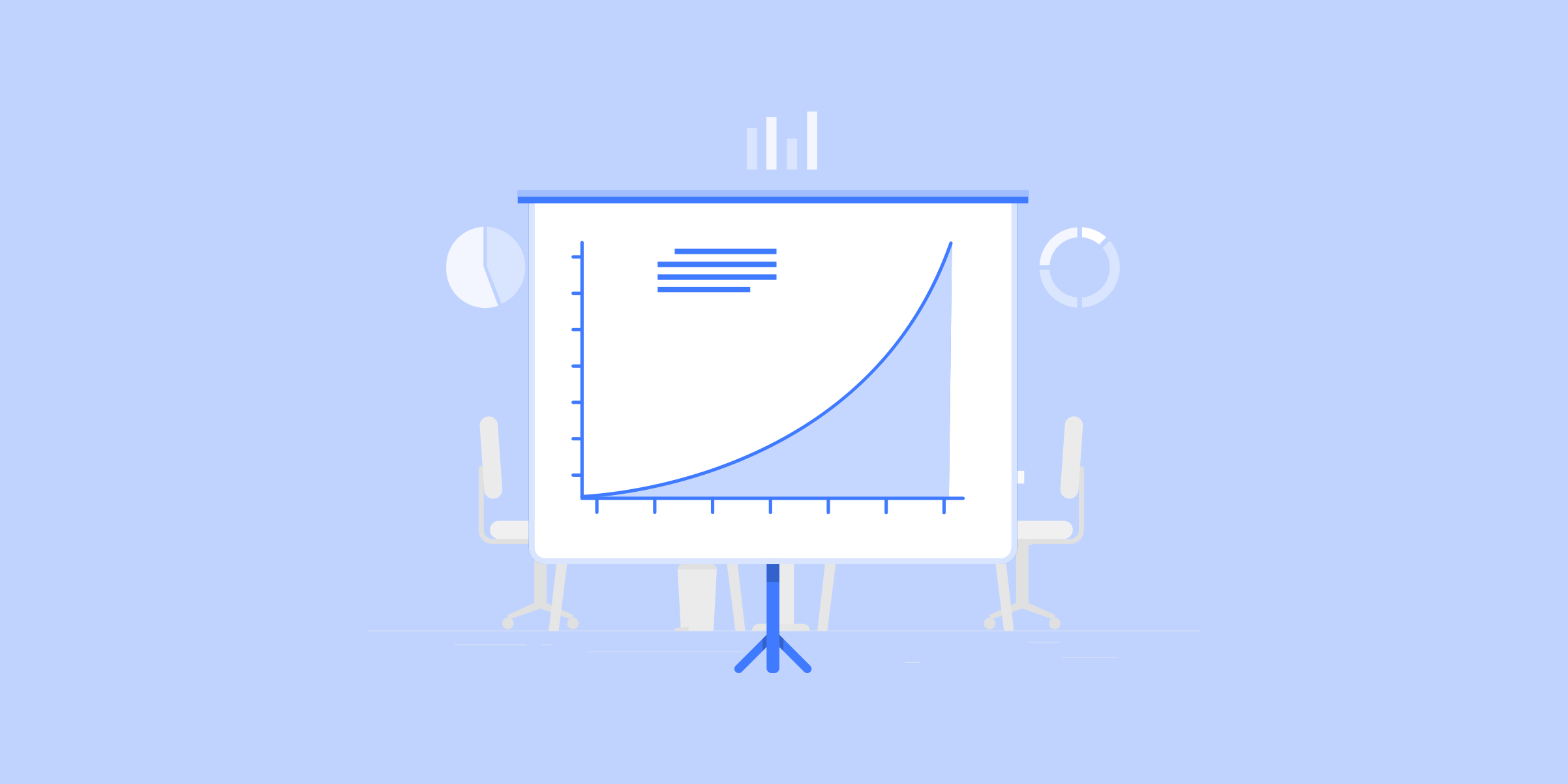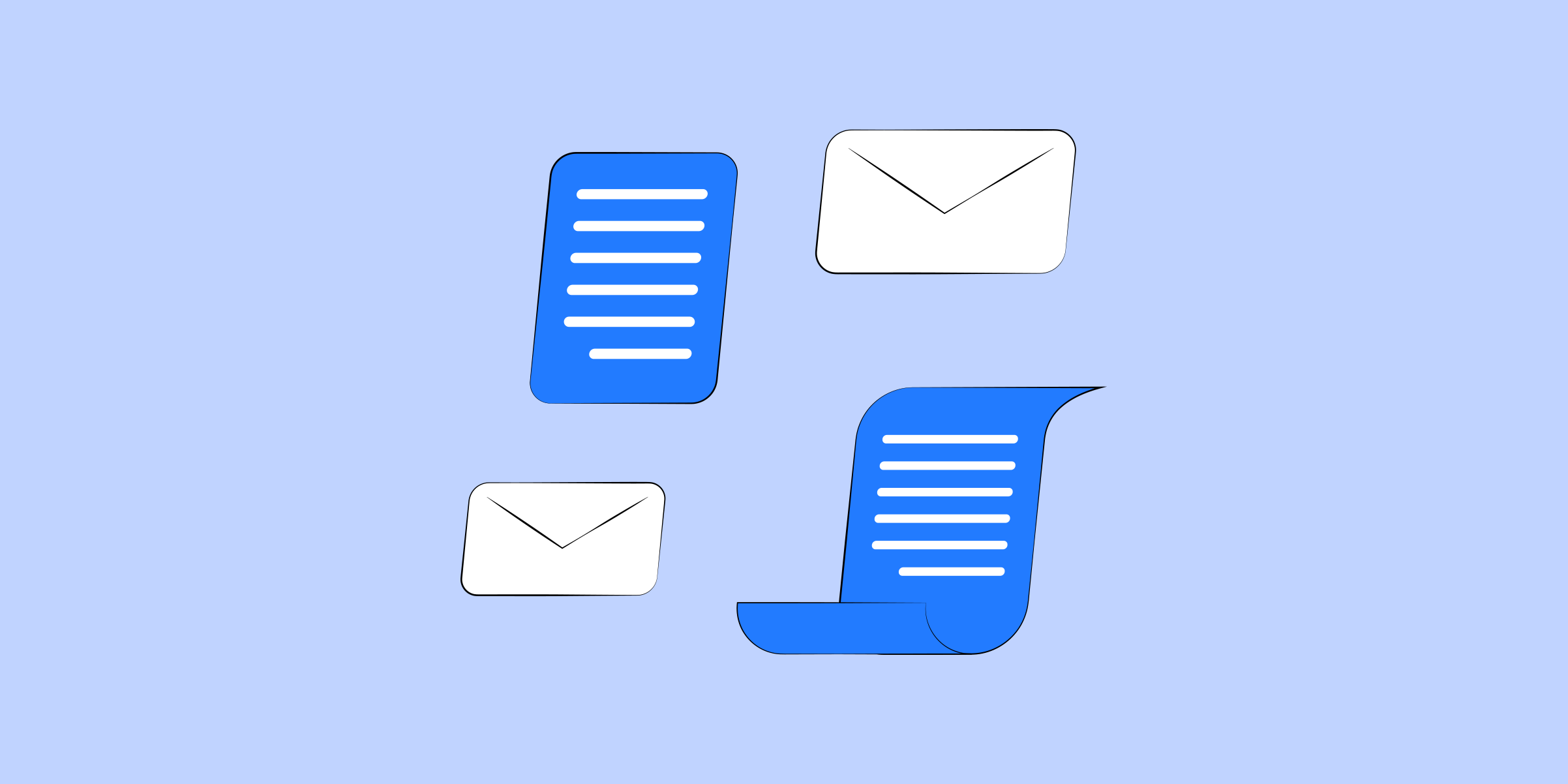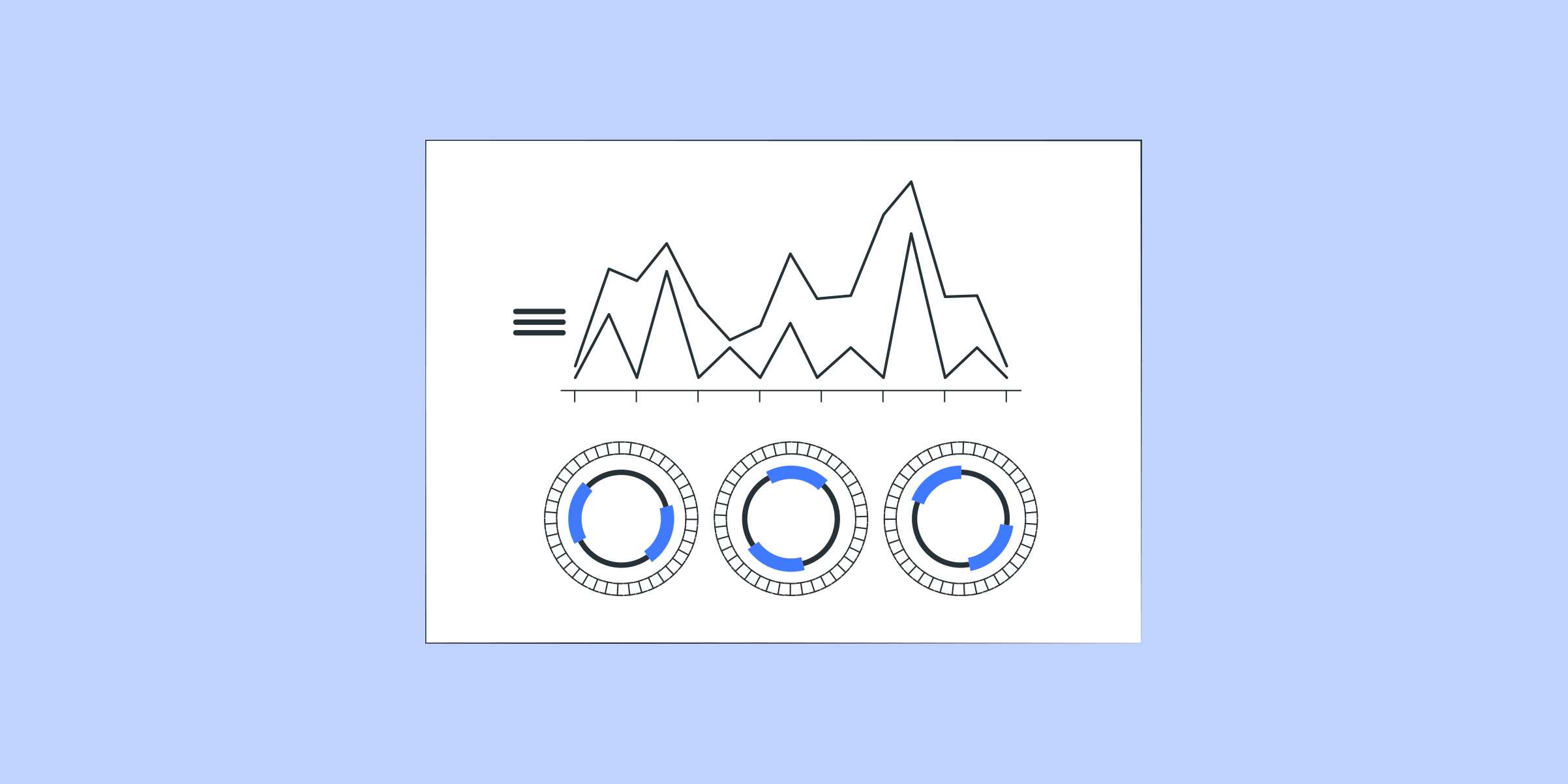Residential Proxies
Allowlisted 200M+ IPs from real ISP. Managed/obtained proxies via dashboard.

Proxies Services
Residential Proxies
Allowlisted 200M+ IPs from real ISP. Managed/obtained proxies via dashboard.
Residential (Socks5) Proxies
Over 200 million real IPs in 190+ locations,
Unlimited Residential Proxies
Unlimited use of IP and Traffic, AI Intelligent Rotating Residential Proxies
Static Residential proxies
Long-lasting dedicated proxy, non-rotating residential proxy
Dedicated Datacenter Proxies
Use stable, fast, and furious 700K+ datacenter IPs worldwide.
Mobile Proxies
Dive into a 10M+ ethically-sourced mobile lP pool with 160+ locations and 700+ ASNs.
Scrapers
Collection of public structured data from all websites
Proxies
Residential Proxies
Allowlisted 200M+ IPs from real ISP. Managed/obtained proxies via dashboard.
Starts from
$0.6/ GB
Residential (Socks5) Proxies
Over 200 million real IPs in 190+ locations,
Starts from
$0.03/ IP
Unlimited Residential Proxies
Unlimited use of IP and Traffic, AI Intelligent Rotating Residential Proxies
Starts from
$1816/ MONTH
Rotating ISP Proxies
ABCProxy's Rotating ISP Proxies guarantee long session time.
Starts from
$0.4/ GB
Static Residential proxies
Long-lasting dedicated proxy, non-rotating residential proxy
Starts from
$4.5/MONTH
Dedicated Datacenter Proxies
Use stable, fast, and furious 700K+ datacenter IPs worldwide.
Starts from
$4.5/MONTH
Mobile Proxies
Allowlisted 200M+ IPs from real ISP. Managed/obtained proxies via dashboard.
Starts from
$1.2/ GB
Scrapers
Web Unblocker
Simulate real user behavior to over-come anti-bot detection
Starts from
$1.2/GB
Serp API
Get real-time search engine data With SERP API
Starts from
$0.3/1K results
Scraping Browser
Scale scraping browsers with built-inunblocking and hosting
Starts from
$2.5/GB
Documentation
All features, parameters, and integration details, backed by code samples in every coding language.
TOOLS
Resources
Addons
ABCProxy Extension for Chrome
Free Chrome proxy manager extension that works with any proxy provider.
ABCProxy Extension for Firefox
Free Firefox proxy manager extension that works with any proxy provider.
Proxy Manager
Manage all proxies using APM interface
Proxy Checker
Free online proxy checker analyzing health, type, and country.
Proxies
AI Developmen
Acquire large-scale multimodal web data for machine learning
Sales & E-commerce
Collect pricing data on every product acrossthe web to get and maintain a competitive advantage
Threat Intelligence
Get real-time data and access multiple geo-locations around the world.
Copyright Infringement Monitoring
Find and gather all the evidence to stop copyright infringements.
Social Media for Marketing
Dominate your industry space on social media with smarter campaigns, anticipate the next big trends
Travel Fare Aggregation
Get real-time data and access multiple geo-locations around the world.
By Use Case
English
繁體中文
Русский
Indonesia
Português
Español
بالعربية

In the digital age, data is ubiquitous and invaluable. Whether you're a marketer analyzing trends, a researcher gathering information, or a developer building innovative applications, access to data is paramount. Fortunately, Python offers powerful tools for extracting data from the web through a process known as web scraping. In this guide, we'll explore the ins and outs of Python web scraping and how you can leverage it to unlock valuable insights.
Web scraping is the process of extracting data from websites. It involves fetching the HTML content of web pages and then parsing and extracting relevant information from the HTML structure. Python, with its rich ecosystem of libraries, is widely used for web scraping due to its simplicity, versatility, and robustness.
Python web scraping is a powerful tool for extracting data from the web and gaining valuable insights for various purposes. Whether you're collecting data for market research, competitor analysis, or building data-driven applications, Python's rich ecosystem of libraries makes web scraping accessible to developers of all skill levels. By following best practices and respecting ethical considerations, you can harness the power of Python web scraping responsibly and ethically to unlock the full potential of web data.
Featured Posts
Popular Products
Residential Proxies
Allowlisted 200M+ IPs from real ISP. Managed/obtained proxies via dashboard.
Residential (Socks5) Proxies
Over 200 million real IPs in 190+ locations,
Unlimited Residential Proxies
Use stable, fast, and furious 700K+ datacenter IPs worldwide.
Rotating ISP Proxies
ABCProxy's Rotating ISP Proxies guarantee long session time.
Residential (Socks5) Proxies
Long-lasting dedicated proxy, non-rotating residential proxy
Dedicated Datacenter Proxies
Use stable, fast, and furious 700K+ datacenter IPs worldwide.
Web Unblocker
View content as a real user with the help of ABC proxy's dynamic fingerprinting technology.
Related articles

Mastering Python Web Scraping: Techniques and Tips for Data Extraction
Title: Unlocking the Power of Python Web ScrapingHave you ever wondered how to extract valuable data from websites quickly and efficiently? Look no further than Python web scraping. In this blog post, we will explore the fascinating world of web scraping using Python, a versatile and powerful programming language.Web scraping allows you to automate the process of extracting information from websites, saving you time and effort. With Python's rich ecosystem of libraries such as Beautiful Soup and Scrapy, you can easily navigate through web pages, extract data, and store it in a format of your choice.Whether you are a data enthusiast, a researcher, or a business professional looking to gain insights from online sources, Python web scraping can be a game-changer. By leveraging Python's simplicity and flexibility, you can unlock a wealth of data that was previously inaccessible.Join us on this journey as we delve into the world of Python web scraping and discover the endless possibilities

The Benefits of Using VIP Proxy Servers for Enhanced Online Security
VIP proxies are a game-changer for internet users who value online privacy and security. These elite proxies offer a premium level of anonymity and allow users to browse the web with complete peace of mind. A VIP proxy acts as an intermediary server between the user and the websites they visit, ensuring that their IP address and personal information remain hidden.Many individuals, especially those in business and technology sectors, rely on VIP proxies to conduct their online activities securely. With a VIP proxy, users can access restricted websites, bypass geo-restrictions, and protect their sensitive data from potential hackers and identity thieves. This advanced level of protection is particularly crucial for professionals who handle confidential information and need to maintain strict privacy standards.One of the most significant advantages of VIP proxies is their speed and reliability. These proxies are specifically designed to provide lightning-fast connections, ensuring a seaml

Where to Get Proxies: A Comprehensive Guide
Are you in need of proxies? If so, you've come to the right place. In this blog, we will explore the various sources where you can get proxies to enhance your online experience.Proxies serve as intermediaries between your device and the internet, allowing you to mask your IP address and access restricted content or browse anonymously. But where can you find reliable and high-quality proxies?1. Proxy service providers: Many companies specialize in providing proxy services. They offer a wide range of options, including dedicated proxies, shared proxies, and rotating proxies. These services typically come with advanced features like geo-targeting, IP rotation, and multiple authentication methods.2. Proxy marketplaces: Online platforms dedicated to buying and selling proxies have become increasingly popular. These marketplaces allow proxy providers to showcase their offerings, and users can choose from a variety of options based on price, location, and speed. These platforms often have use